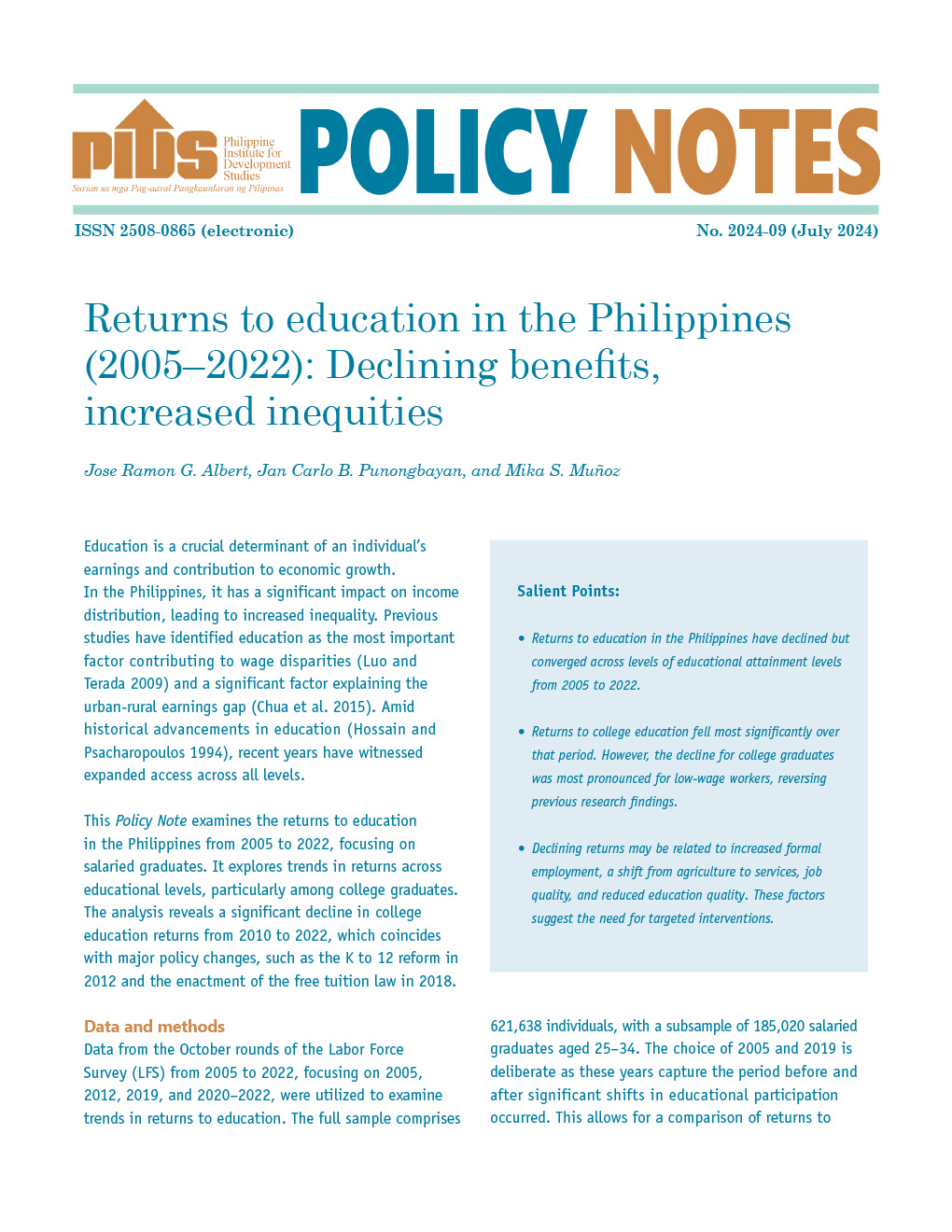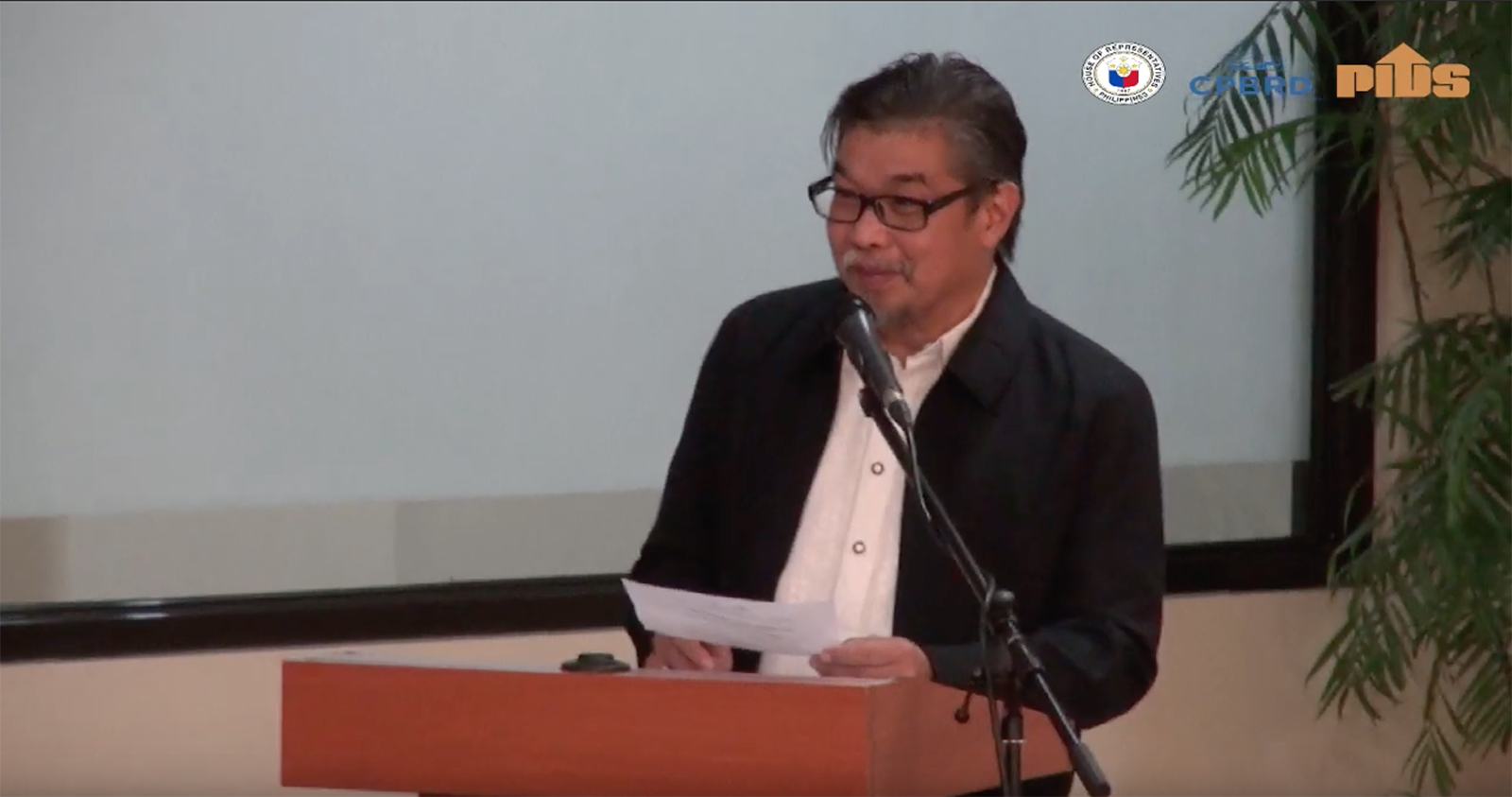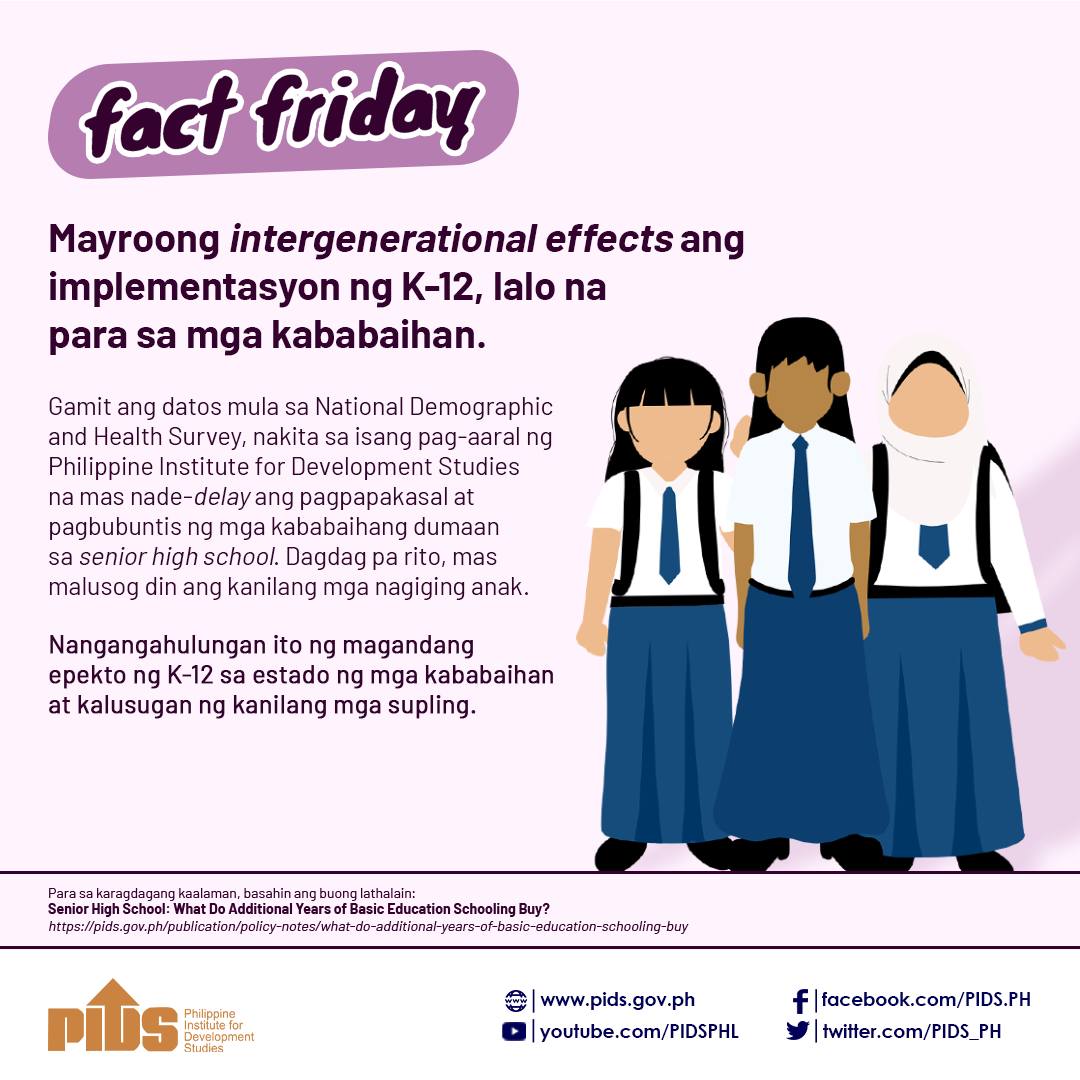THE administration’s rejection of a proposal to lower tariffs on imported rice will keep the commodity expensive, with the government dependent on foreign rice to stabilize the domestic supply of the staple, a government researcher said.
Roehlano M. Briones, a senior research fellow at the Philippine Institute for Development Studies (PIDS), said the rejection of lower tariffs “will make imported rice more expensive.”
“The tariff keeps the already elevated price of foreign rice high,” he said via phone, noting that the Philippines now has “narrower options” in terms of mitigating the shortage in domestic rice.
He said the government needs to focus on “more innovative and productivity-improving agriculture and value chain intervention” to ultimately lower costs.
Instead of incentivizing farmers to make themselves more competitive in world markets, “we are conditioning them to expect increasing protection and increasing subsidies,” he added.
Leonardo A. Lanzona, who teaches economics at the Ateneo de Manila, said the existence of price controls at both the retail and farmgate level makes the proposed reduction of tariffs irrelevant.
“In fact, the huge harvests now mean that none of these government regulations was needed in the first place,” he said in a Facebook Messenger chat. “They should just have left the market alone, and there would not have been any dilemma about the tariff rates.”
Mr. Lanzona noted that “in the guise of populism,” the government has just “gone back to the inefficient system of reinstating the National Food Authority,” whose power had been reduced by the Rice Tariffication Law of 2019, and “promoting extensive government interference, institutions that were dismantled after Martial Law.”
Dante B. Canlas, a former chief economic planner for the Arroyo administration, said lowering the duties on rice imports throws Philippine rice farmers under the bus twice: “cheap imports put local farmers at a disadvantage (while) duties on rice imports under the law finance Rice Competitiveness Enhancement Fund (RCEF),” referring to the tariff-funded program to modernize farming practices.
“If RCEF declines, that’s putting rice farmers at a disadvantage again,” he said in a Viber message.
Farmers said they recognize the rejection of the tariff cuts as a win for the industry.
Raul Q. Montemayor, national director of the Federation of Free Farmers, rejected the need to cut tariffs or to import large volumes of rice at the moment because “the harvest is about to peak.”
“We are happy about the decision,” he said in a Viber message, after the Palace ruled out the tariff reduction proposal put forward by economic managers.
Even if the Philippines does not import rice until the end of December, “we will still end up with about 65 days’ equivalent of stocks for carryover to next year,” he said.
Mr. Montemayor said the more immediate concern now is the possible move of President Ferdinand R. Marcos, Jr.’s economic advisers to extend or make permanent the tariff cuts on non-ASEAN rice, corn and pork under Executive No. 10, which will lapse at the end of the year.
“And we will still have to prepare for the effects of El Niño and possible supply tightening again come July-September next year, through a combination of expanded local production and managed imports,” he noted.
The President’s economic team had proposed to cut the tariff on imported rice to as low as 0% from 35%.
But Mr. Marcos, according to a Palace statement issued on Tuesday night following a meeting with Cabinet officials said, “it was not the right time to lower the tariff rates because the projection of world rice prices is that it will go down.”
The Palace said National Economic and Development Authority Secretary Arsenio A. Balisacan and Agriculture undersecretaries Leocadio Sebastian and Mercedita Sombilla support the President’s decision.
Mr. Marcos, meanwhile, said at the same meeting that the executive order that capped rice retail prices at P45 a kilo for well-milled rice and P41 for regular-milled rice will remain in effect.
“Let’s study it carefully,” he said, referring to the order that took effect on Sept. 5.
Mr. Marcos has said that the supply of rice is adequate, blaming smugglers and hoarders for increasing prices.
Output of palay, or unmilled rice, hit 4.25 million metric tons (MT) in the second quarter, against 4.2 million MT a year earlier.












